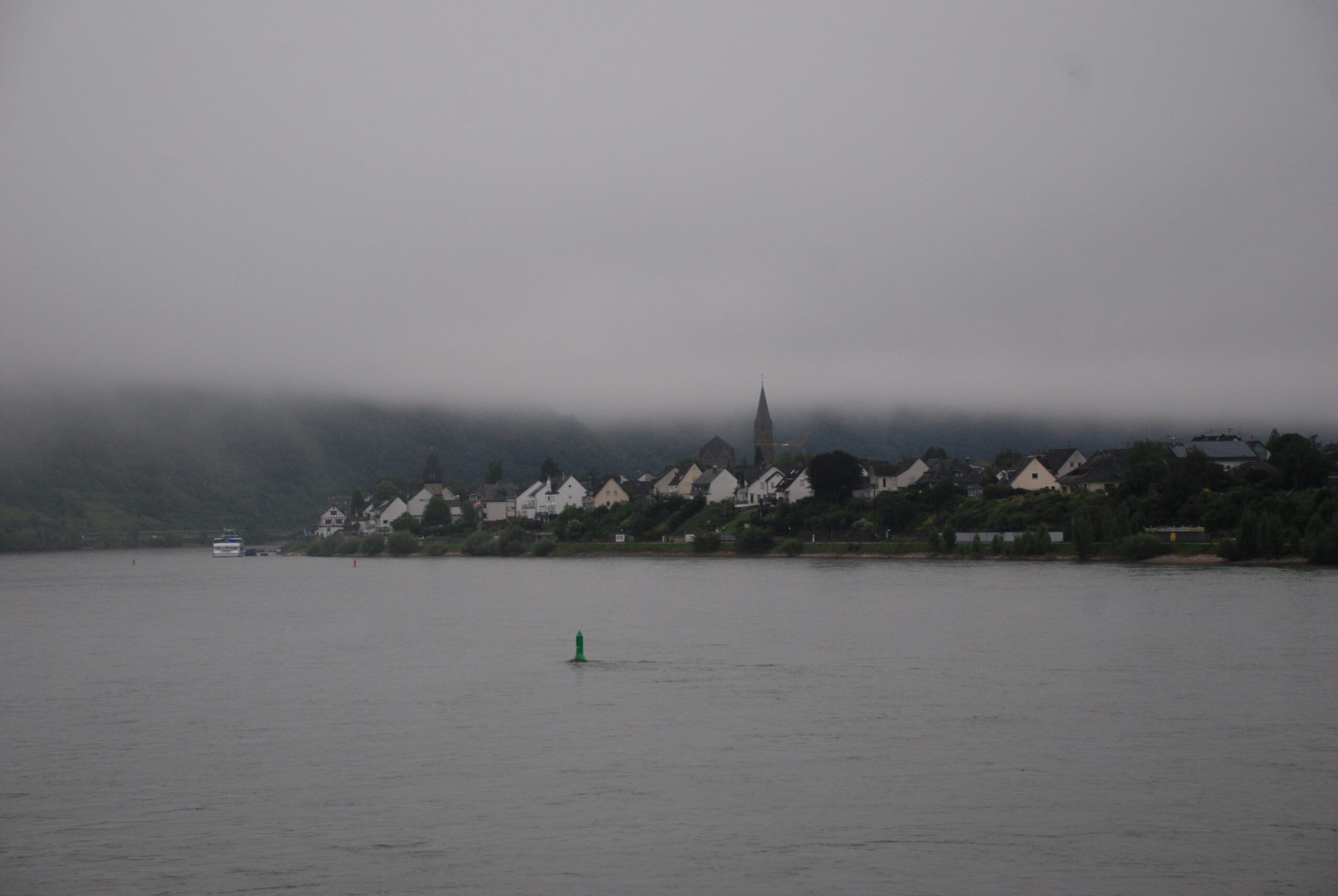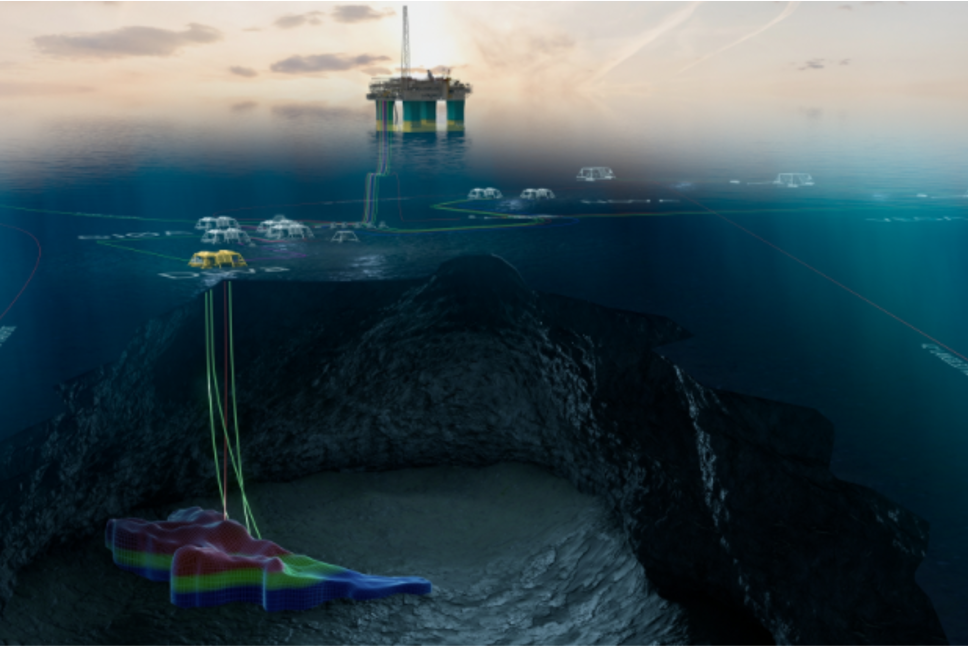As announced on Friday last week, Neptune Energy acquired stakes in three oil fields and three gas fields from Wintershall Dea, in the area known as the Lower Saxony Basin, Germany. This prolific basin is characterised by multiple reservoir units, varying from Carboniferous through to Lower Cretaceous sandstones and Zechstein carbonates.
The Lower Saxony Basin has a long exploration history. In 1938, a blow-out near the village of Bentheim (south of the fields shown on the map) first indicated that the Zechstein was gas bearing, which must have ramped up prospecting since some of the fields in the current transaction were discovered in the 1940’s.
Mostly mature fields
The fields Neptune acquired a stake in are the Adorf, Apeldorn and Ringe gas fields and the Adorf-Scheerhorn, Georgsdorf and Ringe oil fields. The company operates all these fields, with the exception of the Georgsdorf oil field. Most of the fields cluster in one area, with the Apeldorn gas field located a little further to the northeast. We assumed that the Adorf-Scheerhorn oil field mentioned in Neptune’s press release is the same as the Scheerhorn field as indicated on the map. Also, the Ringe gas field – which is probably close to the Ringe oil field – was only discovered in 2020 and is currently under development and a field poygon for this accumulation is not yet available.
Looking at the ultimate recoverable volumes and the cumulative production figures of these fields using the extensive Southern Permian Basin Atlas Appendix 3, it is apparent that the majority of them are close to the having produced the ultimate recoverable volume. For instance, the Georgsdorf field (discovered in 1944) in Lower Cretaceous sands, produced 127 MMbo until 2010 whilst the ultimate recoverable volume was down as 134 MMbo. More than ten years onwards, this gap must have closed even more, leaving little room for further production unless additional development opportunities have been flagged since.
Yet, Neptune states that the acquisition will add approximately 1,800 barrels of oil equivalent per day (boepd) to its production portfolio in Germany – an increase of around 10%.
The most well-known field in the area is the complex of Schoonebeek (NL), Emlichheim, Rühlertwist and Rühlermoor (GE) fields, which is supposed to be the largest onshore oil field complex in western Europe with an initial ~725 MMbo recoverable. It straddles the Dutch-German border, as the names of the fields already suggest, and is being produced by NAM from the Dutch side of the border whilst Wintershall operates the German accumulations.
HENK KOMBRINK





